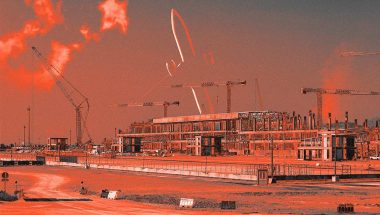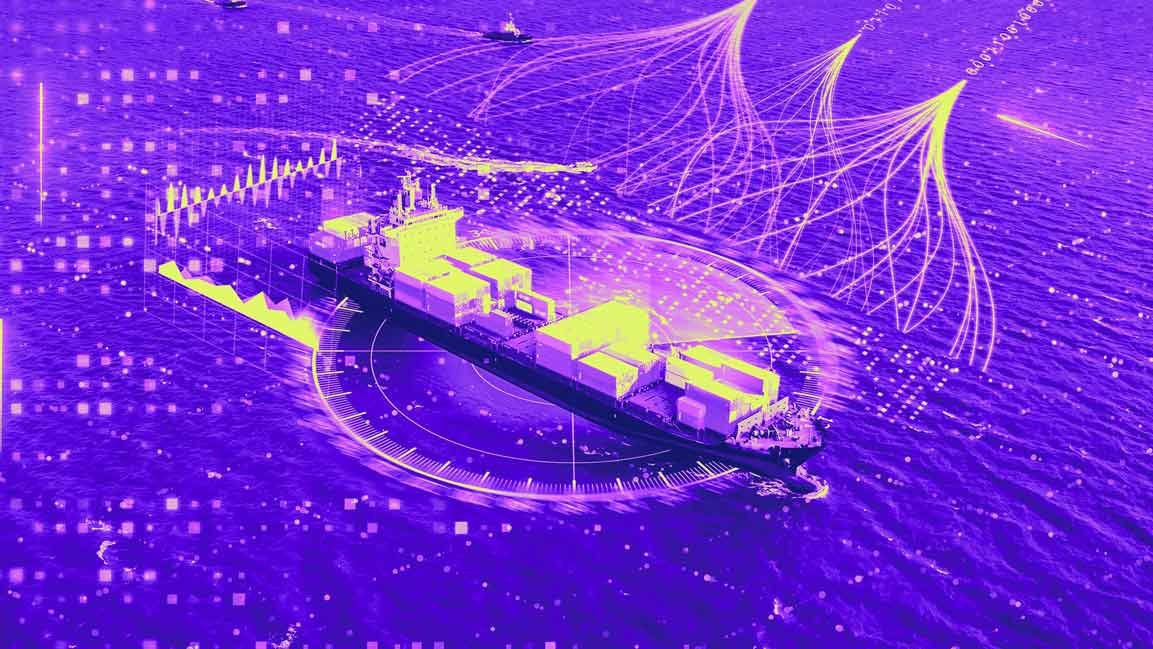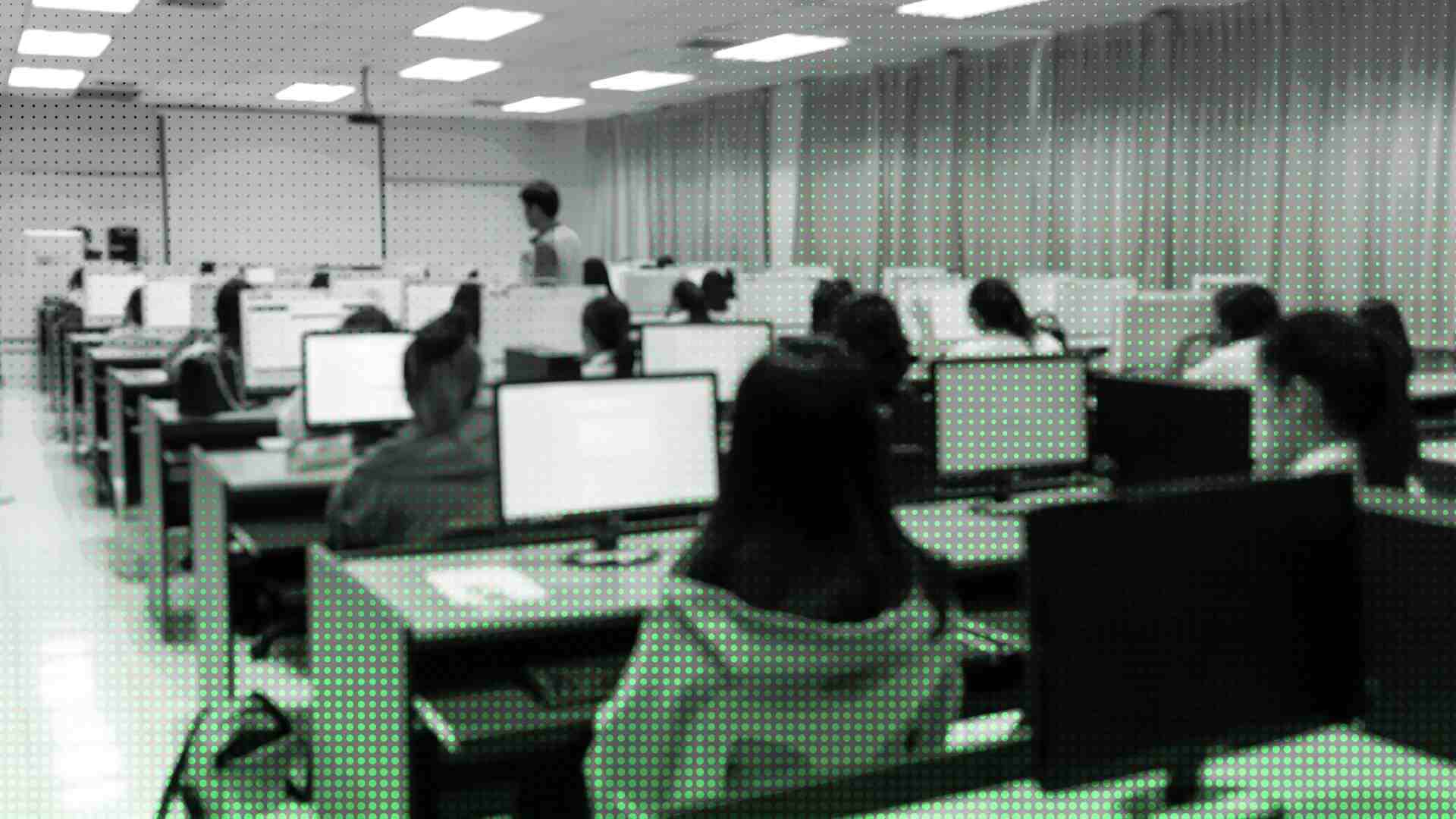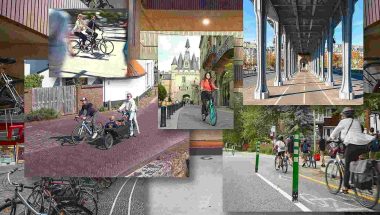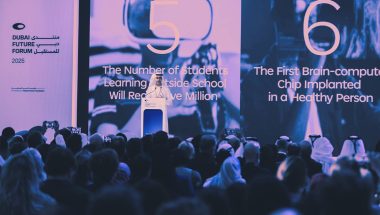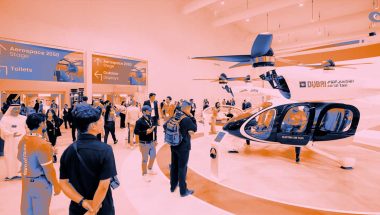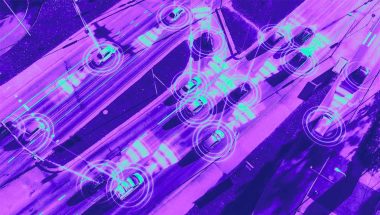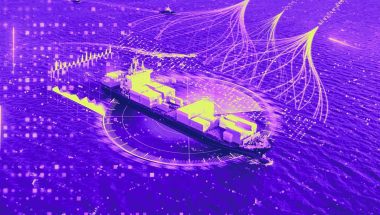- | 9:00 am
Why does a smart city need a digital twin?
The cognitive-centric paradigm will leverage information technology, AI, and human cognition to improve decision-making and resource allocation
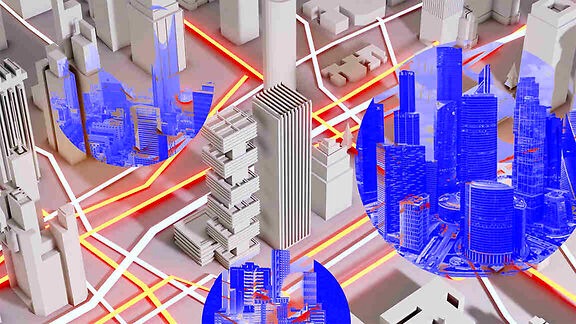
Imagine living in a city powered by intelligent data where you can precisely predict a sandstorm and the exact reason for traffic congestion. Road engineers can foresee how quickly or slowly drivers might take a curve or how they behave on the open road. Airport operators can tell travelers where they are within terminals and the best routes to get where they need to go without having to hunt for an information desk.
In each case, real-time conditions are captured, and the future is accurately envisaged through the creation of digital twins. It’s a technology replicating the physical environment, processes, relationships and behaviors by taking in vast amounts of data, including streams from Internet of Things (IoT) sensors, to monitor current operations and historical trends and plan for what may happen next.
In his book, Big Data, Civic Hackers and the Quest for a New Utopia, pioneering smart city expert Anthony M. Townsend states, “Smart cities can adapt on the fly by pulling readings from a vast array of sensors, feeding that data into software that can see the big picture and take action.”
Experts say digital twins make urban planning more efficient, enabling architects, urban designers, planners, and leaders to run simulations of new policies or infrastructure projects in the virtual world and preview their impacts.
“Digital twins play a vital role in guiding city planners through dynamic modeling and prediction. It helps improve the management of everything from energy to waste, safety and security, mobility, and infrastructure,” says Sahem Azzam, Vice President, Middle East, Africa & Turkey, Orange Business Services.
“Modeling the impact of digital innovations is essential as we move from smart cities to cognitive cities; modeling needs to develop,” he adds.
For city planners, digital twins pay huge dividends. Las Vegas and New York City already use digital twins to create buildings with net-zero carbon emissions to increase sustainability and reduce energy costs. A study found that cities could save as much as $280 billion by 2030 by deploying and utilizing digital twins.
TONOMUS, the company enabling NEOM’s vision to build the world’s first cognitive city in Saudi Arabia, has invested $1 billion in 2022 in developing an infrastructure of hyper-connected, autonomous solutions that includes digital twin technology. This would not only allow people from across the globe to visit NEOM virtually before investing in the city but will also improve the lifestyle of residents once construction is complete.
“Digital twin technology is a key element of the groundbreaking, mixed-reality model for urban living that NEOM is pioneering. At the center of this vision is TONOMUS’ immersive, augmented, 3D digital twin metaverse platform, which will safely and seamlessly merge digital and physical NEOM architectures to take our digital experiences to the next level and improve quality of life,” says Su Le, Chief Digital Strategy Officer, and CEO of Cognitive Solutions at TONOMUS.
There’s no doubt that digital twins offer cities various benefits – reducing errors, uncertainties, and expenses. And when built with geospatial technology, digital twins are immersive, multidimensional, and location intelligent – able to show in detail what’s happening, when, and where, and can be used to explore or predict future states.
With the use cases for the digital twin model set to catapult in the coming years, experts make a case for scaling it across sectors for economic transformation across the Middle East. The region has been a forerunner in leveraging intelligent technologies like blockchain, AI, big data, and smart mobility to develop a sustainable development model.
The most significant advantage of a digital twin is its ability to be updated in response to new data. But creating a model that delivers on those goals requires cities to be able to harness and make sense of massive amounts of data – a challenging task.
“As traditional production, consumption, and scarcity management systems are supplanted by platform economics, data has become the most valuable currency. We are transitioning to a world where physical and virtual realities need to work together to enhance the human experience. The vast amounts of data required to enable digital twin technology will not only find uses in design and construction, as it already does at NEOM,” adds Le.
“It will also empower residents of cognitive communities with gamified education, access to talent on demand, revolutionary advances in healthcare – just to name a few.”
PREDICTIVE AND PROACTIVE CITY PLANNING
Smart cities rely on sustainable innovation to ensure they continue improving the quality of life for citizens, residents, businesses, and visitors. Digital twins can help identify potential issues and provide opportunities to simulate, analyze data and predict the impact of innovation quickly and cost-effectively, before applying these insights in the physical world.
While many of the world’s most ambitious projects are being developed in the Middle East, their carbon footprints and environmental impact tend to be considerable. Digital twin technology could offer the solution to these concerns by optimizing the use of energy, while also improving quality of life for citizens and revolutionizing the approach to key services such as healthcare.
“We’re taking historical data, real-world data, about a particular disease and how it progresses on current treatments, and encapsulating that within a computer model,” says Charles Fisher, Founder and CEO of Unlearn.ai, a New York-based startup that is transforming clinical trials by tackling one of its biggest challenges – recruiting enough people to participate – with digital twin technology.
“If I enroll in a clinical trial, we take data from me at the beginning of the trial, put that into the model, and it creates simulations of what might happen to me in the future.” So, getting the experimental treatment in real life would allow your digital twin to be run through an algorithm, determining what would have happened if you had never gotten the treatment in the first place.
Digital twin tech can also help make drug and treatment development more efficient, especially when future pandemics are inevitable.
Jeff Elton, CEO of ConcertAI, which provides real-world data and AI services to healthcare entities, reveals that digital twinning both assists in clinical trial recruitment and enhance the delivery of insights. “It allows me to conduct work, validate it, and have different ways of reconfirming as we come back to the actual [human] population,” he says. “This can streamline and speed up cycles of insights into that disease state and how research groups can progress their work in that particular area.”
Barbara Humpton, President and CEO of Siemens Corporation, believes digital twin technology can address supply chain challenges by enabling more goods to be produced locally. In her vision, companies will soon begin using digital twins to make models of things like car parts and semiconductors, and then rapidly manufacture real-life versions using 3D printing. “I think digital twins will unleash the wave of micro-manufacturing that has been predicted for some time,” Humpton says.
According to recent EY research, digital twins have significant value propositions within the built environment. They could save up to 35% on the project and building costs and help track and reduce carbon emissions within our cities between 50% and 100% while supporting the clean energy transition.
Digital twins could also allow cities to react in real-time to extreme weather and test potential future emergencies.
“The application of digital twins in simulating the effects of climate change could revolutionize our ability to predict its impact on communities via detailed, interactive information that is easily accessible and continuously refined,” explains Le. “Consider the potential benefits of a digital twin that models the climate system of our entire planet and how this could help us understand everything from generating renewable energy to managing resource scarcity. The possibilities are limitless.”
MAKE WAY FOR META-POWERED COGNITIVE CITIES
Overall, the cognitive-centric paradigm will leverage information technology, AI, and human cognition to improve decision-making and resource allocation in city planning, eventually making way for metaverse platforms.
TONOMUS’ digital twin metaverse platform can map the 3D visualization of a city and test applications and services before committing resources to a real-life environment.
“It will allow us to de-risk physical build and other asset risk factors through low-cost feasibility studies and community pilots in the metaverse before starting construction,” says Le. “Stakeholders can generate wide awareness and visibility of their projects – hotel chains, for example, can engage existing customers, build brand awareness, access new consumers and demographics, and unlock new revenue and growth.”
Cities must be proactive in detecting residents’ needs and work to fix the problems and improve the city with rapid, cost-effective innovations. Digital twins can play a key role in revolutionizing how cities are designed, operated, maintained, and sustained to enhance the quality of life for their citizens.









